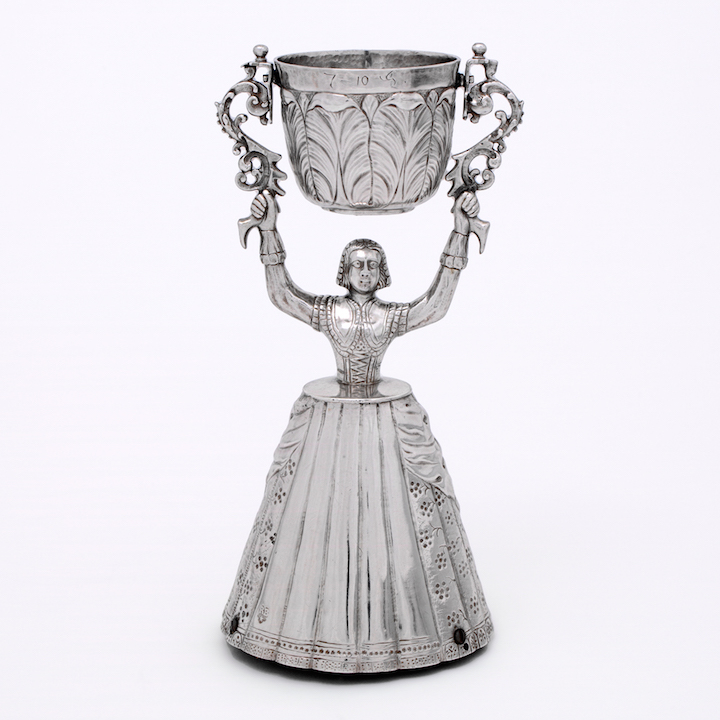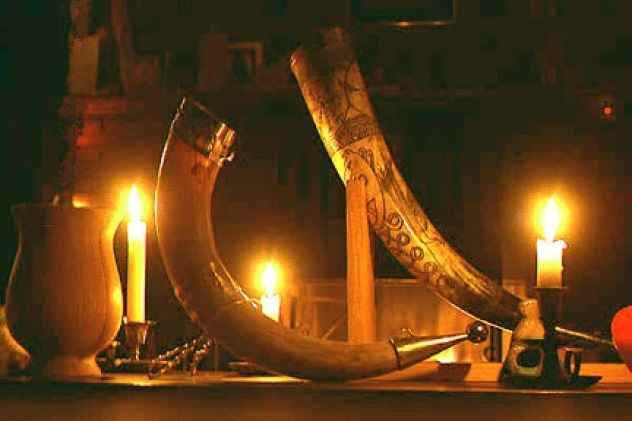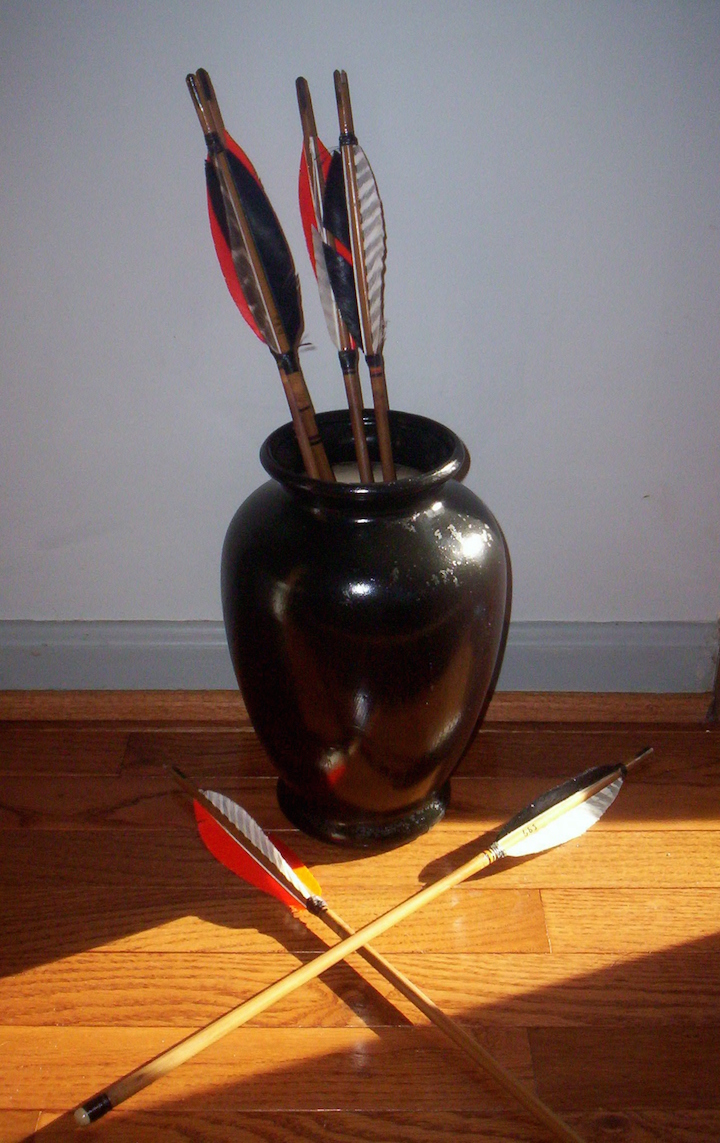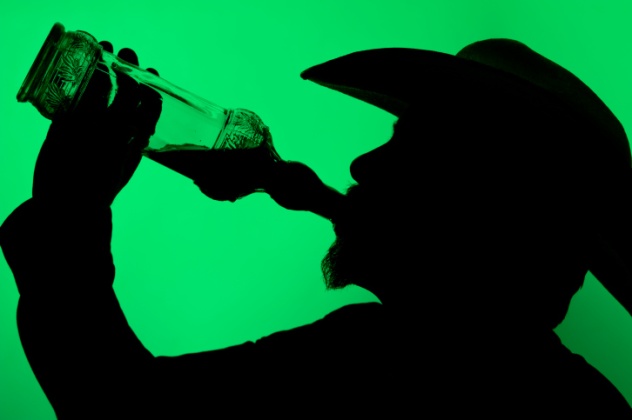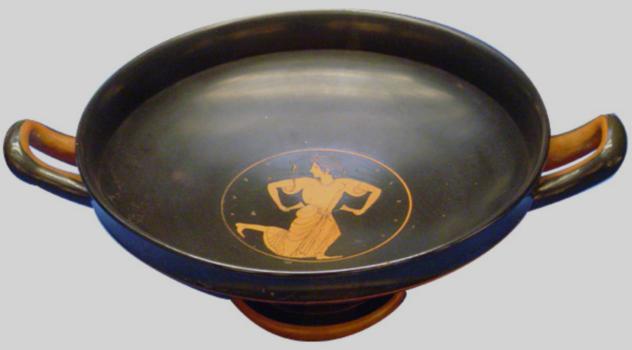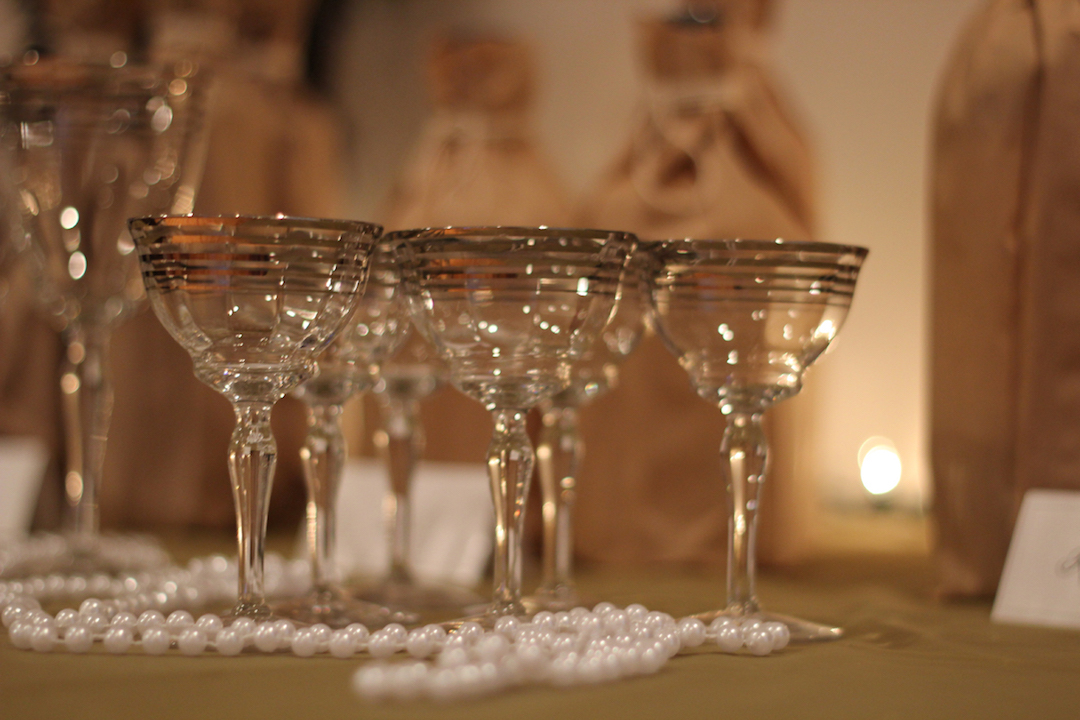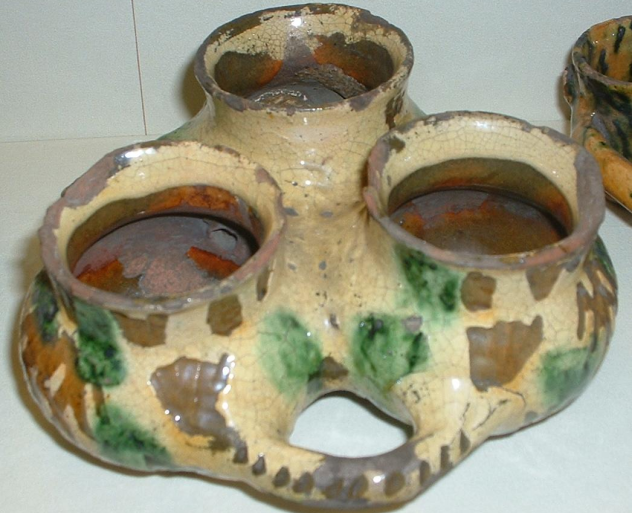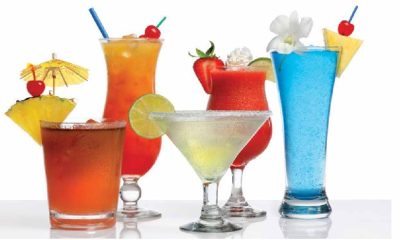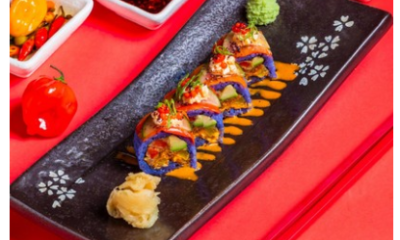Drink
10 Drinking Games That’ll Make You Proud Of Your Forefathers
Most people can’t just consume alcohol and sit down to enjoy the buzz. Some of us want to get up and create a few currents while the world is on an ‘I won’t remember any of this tomorrow’ bandwagon. And drinking games are the way to go. Remember that time you made tipsy people spill secrets in a spin-the-bottle game? You know you like it! And that’s why we dove into history to dig out these 10 vintage drinking games. Enjoy!
Pennying
Both Cambridge and Oxford lay claim to its creation, providing the universities yet another entity to argue over. At first glance, pennying appears to be a simple concept where all you have to do is sneak a penny into someone’s drink. That person is then obliged to finish the drink in one go in order to “save the drowning queen” (since British pennies have the queen’s face on them).
But it’s easier said than done. Rules state that would-be penniers are not allowed to participate unless they also have an alcoholic drink. Double pennying is not permitted, and if it happens, the second pennier must be the one to drink the beer.
The Wager Cup
Originally known as the – go ahead, say it – this silver cup originated in 16th-century Germany and was predominantly used at weddings. Also know as the maiden’s cup, the cup took the shape of a woman with a wide skirt that formed a cup when inverted. The woman also carried a pail or a bowl above her head, which pivoted to create two cups in one. During the wedding feast, the groom had to toast by drinking from the skirt cup without spilling any wine from the pivoting bowl, from which the bride then had to drink.
Sumbel
Sumbel was more of a drinking ritual than a game, but it featured heavily in Nordic tradition and was regarded as a good way to bond with those around you. It was a social occasion where everyone would share a zealous toast and take a drink before passing the cup to the next person.
An authentic sumbel would feature mead drank from a horn. However, a cup was also acceptable, as were other drinks like wine or beer. The drinks had to be alcoholic, though.
Pitch Pot
Pitch-pot, known as touhu in Chinese, originated in ancient China sometime during the Warring States period. The basics of pitch-pot involve throwing arrows into a pot. Players stand a set distance away from the pot – similar to a horizontal dart board – and take turns trying to throw the arrows straight into the pot. When a player scores a point (an entry), the victor presents the defeated with a cup to drink. After the arrows are finished, both players kneel and the victor will once again refill the cup of the loser. Drunken deference!
Buffalo
Buffalo is fairly simplistic. Buffalo Club members must drink all alcoholic beverages with their nondominant hand. If they violate this rule, other members shout “buffalo,” and the offender has to chug their alcoholic beverage of choice. Although only other official members are allowed to take part, a true buffalo should not hesitate to “buffalo” himself if he is alone and breaks the code.
Popular legend claims that Buffalo originated in the Wild West (yeehaw!). Supposedly, cowboys would prefer to do social activities with their non dominant hand to keep their shooting hand free.
Kottabos
Kottabos was an ancient pastime developed in the 50th century BC and was popular at Greek symposiums (aka drinking parties). The game involved players drinking a lot of wine in a cup called Kylix and throwing the swigs at various targets.
The thrower would hold the cup by one handle and use an overhand technique to throw the wine. Sometimes, the name of a loved one would be shouted during the throw.
Jiuling
Jiuling is a drinking game that has its origins sometime during China’s Zhou Dynasty between the 11th and 8th centuries BC. The game was grouped into two categories – common and literary. Common jiuling was a simple game that involved each player taking a turn and then taking a drink. During their turn, they could tell a story or a joke or have some sort of contest where the loser would drink. Rolling dice and guessing fingers were popular contests.
Literary jiuling was more popular with the upper classes, as it required a higher education. This game was similar to the common version, but participants had to share riddles, poems, idioms, and so on.
Sconcing
The term ‘sconcing’ was coined at Oxford University during the 17th century, referring to a fine levied against students for a misdeed. However, over the years, the students made their own variation of sconcing. Someone could be ‘sconced’ for a breach of etiquette, but instead of a fine, the offender had to down a beer in one go. This was done at the challenger’s expense unless the offender couldn’t finish the drink, in which case he had to pay for it. Common offenses that were considered a breach of protocol included topics such as religion, politics, and women.
The Fuddling Cup
Ok this one sounds like “spend 5 minutes in the closet with…”! But it’s not. The fuddling cup was more of a puzzle than a game where you had to find a way to drink without spilling any liquid on you. First appearing in 17th-century England, the cup was made out of three or more cups clustered together and connected through various hidden holes and tubes. In order for someone to drink successfully from the fuddling cup, they would have to use all cups in a specific order so that they wouldn’t spill the contents.
Passatella
The more you drink, the higher chances there are to get into a drunken brawl. In passatella, this was not only expected, but was considered an integral part of the game.
The concept of passatella was to expose the inequality of society and life. And that is probably why the first thing to do was to pick a boss and an underboss. Once that was decided, everybody chipped in to buy a round of drinks. When the boss and underboss had their drinks, the boss offered drinks to all the other players that he wished, but before they could drink, they also had to get permission from the underboss. Both the boss and underboss could deny players the drinks that they paid for. Sometimes, they would also have to say why they denied a player his drink, which was usually done in the form of an expletive-filled rant (that only got more insulting as people got tipsier). Naturally, certain players felt cheated, and more often than not passatella ended in a fight. This game sounds oddly satisfying!
So there you have it, a few new games to experiment with your drunken folks!


